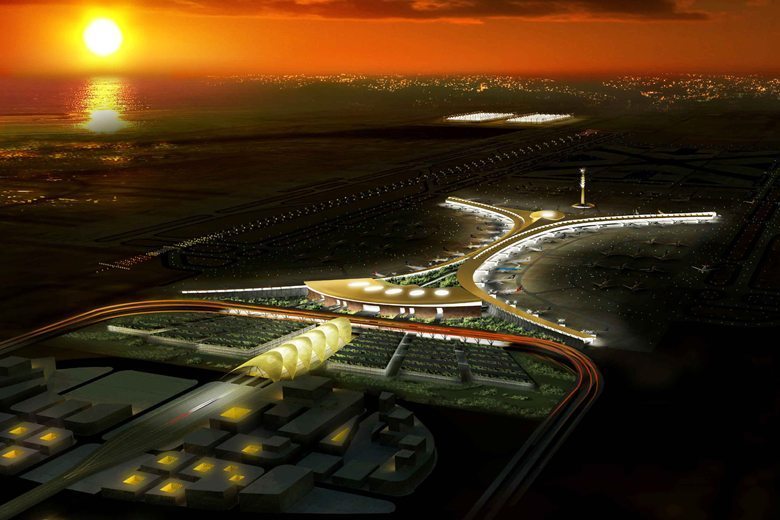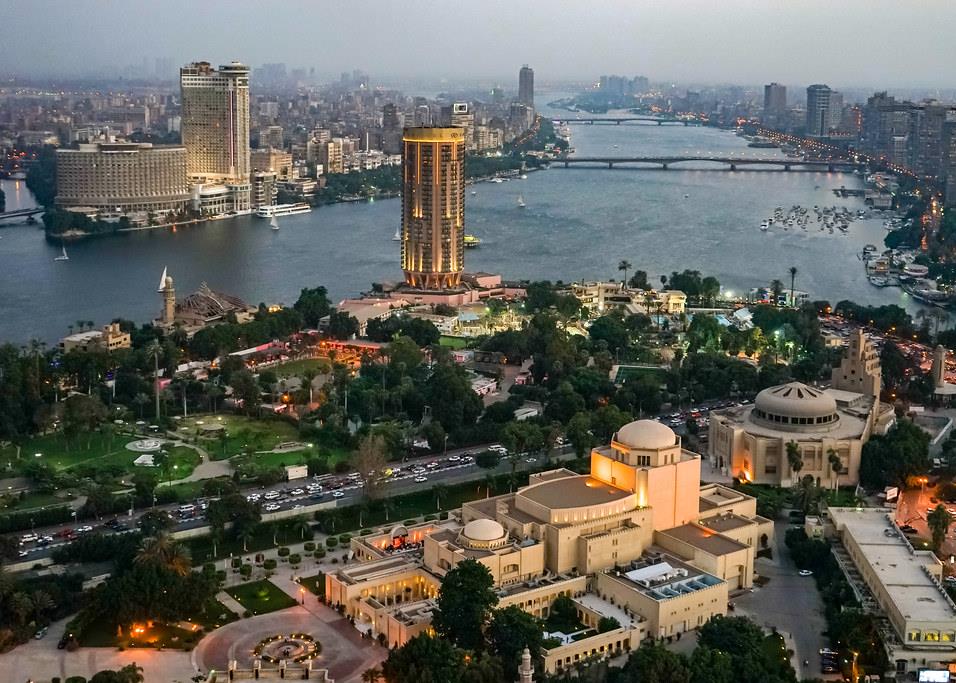

Jeddah airport considered strong candidate for private sector investment
Roughly half of Saudi Arabias 26 airports are unsuitable for privatisation due to low passenger traffic and insufficient last-mile infrastructure such as roads, and the other half could only be successfully privatised if a clear public-private partnership (PPP) framework is put in place.
"Successfully privatising the airports would require the aviation regulator [General Authority of Civil Aviation (Gaca)] to put in place a long-term strategy that is supported by a PPP framework, a consultant tells MEED.
As it is, more than half of the airports in the kingdom have very low traffic and are not linked to a decent road network, making them an unlikely candidate for private investment, says the consultant.
Strong candidates
In contrast, the international airports in Jeddah, Riyadh and Dammam, along with a few of the regional airports, such as Abha, are considered strong candidates for private sector investment. This is because passenger traffic in these airports has been growing over the years, making long-term forecast and, subsequently, return-on-investment calculations possible.
One of the kingdoms 27 airports, Medinas Prince Mohammad bin Abdulaziz airport, has been procured using a build-transfer-operate (BTO) model, and entered full operation in June 2015.
Under the terms of a BTO deal, Gaca is still responsible for collecting revenues from services provided by the Medina airport. It then pays the consortium members dividends for each of the 25 years that the BTO contract covers.
Saudi Arabia plans to privatise all of its airports by 2020. However, it is understood a successful privatisation programme would require capacity assessment and a traffic forecast for each airport.
Jeddah difficulty
A capacity assessment exercise for Jeddahs King Abdulaziz International airport (KAIA), given the limitation in extending or building new runways, pointed to the feasibility of a third airport to cater to hajj and umrah pilgrims, whose numbers have been growing in excess of 10 per cent annually. This built the business case for the planned Taif International airport. However, a long-term traffic forecast could not be established due to the alleged reluctance of Gaca to commit a percentage of passengers or flights from KAIA to the planned airport.
This scenario, along with possible funding issues, is thought to have caused the recent postponement of the project, which was initially planned to become the kingdoms second full-fledged PPP.
The consultant cited that the outcome of the Taif airport initiative would have been different if, for example, Gaca was willing to commit that all chartered flights for umrah or hajj are to land there.
You might also like...

Red Sea Global awards Marina hotel infrastructure
18 April 2024

Aramco allows more time to revise MGS package bids
18 April 2024

Morocco tenders high-speed rail project
18 April 2024
A MEED Subscription...
Subscribe or upgrade your current MEED.com package to support your strategic planning with the MENA region’s best source of business information. Proceed to our online shop below to find out more about the features in each package.





